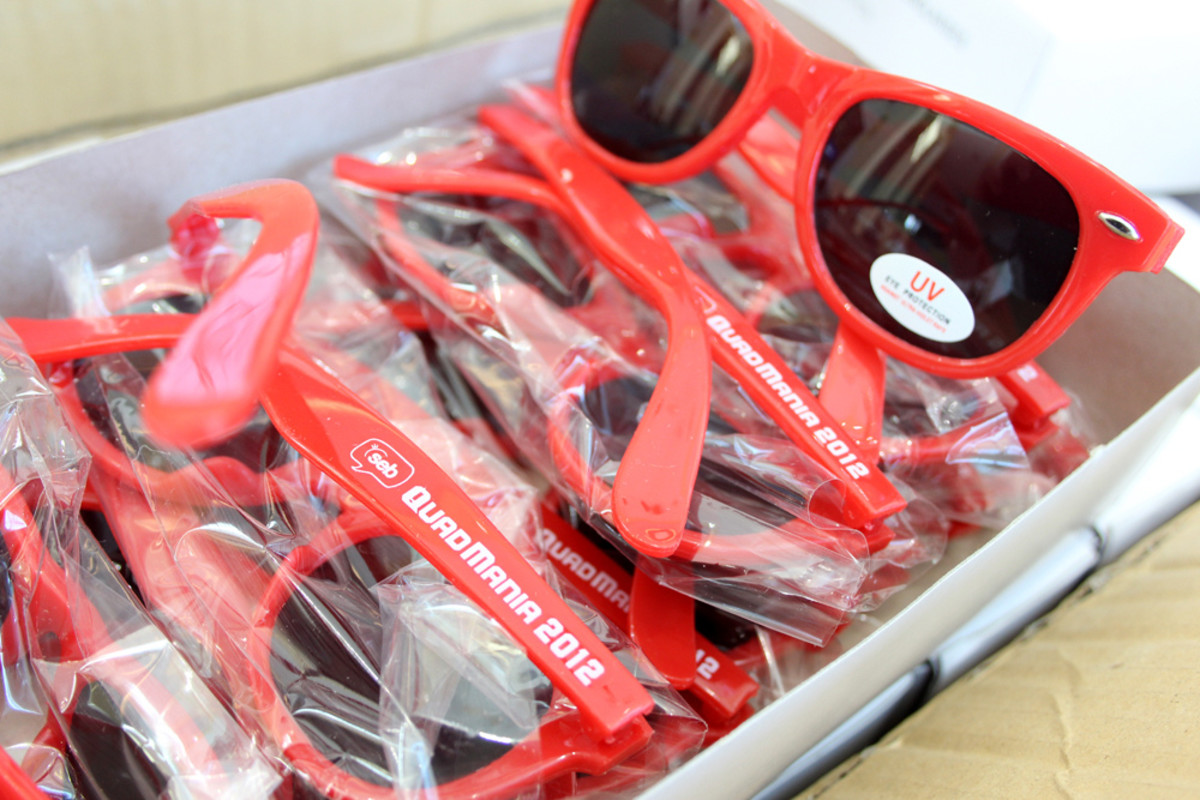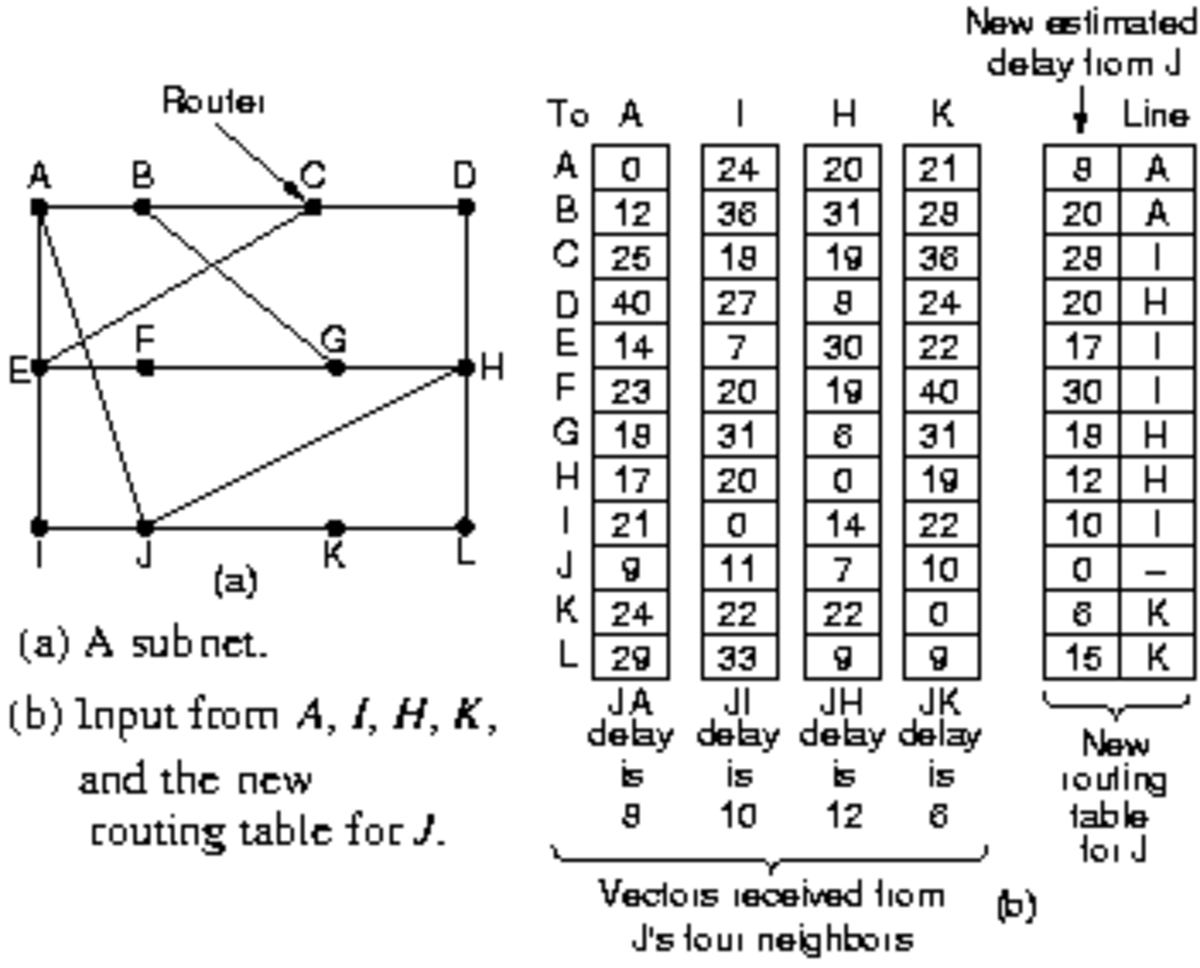Website Navigation: Top 10 Tips for Improving your Website’s Navigation System:

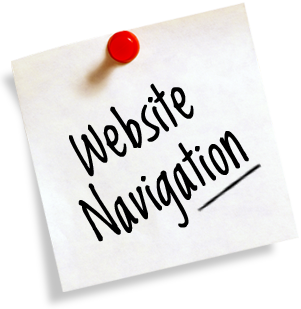
Website Navigation:
Before we start our main topic on the top 10 tips for improving your website’s navigation system, it is imperative that we first discuss about website navigation itself. What is website navigation?
Website navigation can be understood as the routes of all the different webpages in a website. The easier the routes are, they more user-friendly interface your website will have. From technical functionality to graphic visualization, everything comes in a website navigation system, which can eventually simplify the users’ experience of browsing in your website.
Website navigation is an extremely important aspect of website development. It not only affects your direct readership, but it also has a great impact on a website’s search engine rankings. Your purpose should always be to make your website navigation as efficient and user-friendly as possible. Following are the top 10 tips for improving your website’s navigation system:
1. Use HTML for Better Website Navigation:
One of the best tips to improve your website navigation is to use HTML as much as you can. Instead of using Flash, which often becomes quite problematic, slow and inefficient, adopting HTML provides users a more user-friendly and easy-to-use interface. Moreover, HTML proves to be a faster version of a website, when compared with Flash.
If we see from the search engine perspective, using Flash can be really damaging. Even after all these years, there haven’t been any significant improvements in terms of Flash and search engine compatibility. It is a long-known fact that search engine crawlers find it extremely difficult to read Flash, which makes it a damaging prospect for SEO friendly websites. However, by using HTML, you can overcome this problem of search engine readability and compatibility.

2. Common Names and Terminologies:
A very basic tip for improving your website navigation is to use common names and terminologies for your website. You might be having a creative urge, but in order to have a more user-friendly navigation system, it is always recommended to use names that are familiar to most users.
For example, Home, About Us, Contact Us, Portfolio, Testimonials, Our Services, are some of the most commonly used names. People need not to decode anything. This makes it easier for your website users to navigate and browse around your website exactly the way they want.
3. Add a Sitemap:
Adding a sitemap is another effective way to improve website navigation. A sitemap is like a map for your entire website. Using it, a user can easily find whatever he is looking for. A sitemap also has embedded URL links, which can be used to easily browse around.
4. Navigational Options into Relevant Categories:
Adding posts and navigational options into relevant categories provides a more organized, professional and polished look to your website. It also makes it significantly easier for your website’s users to find posts from relevant categories.
Be sure that your purpose is to make life easier for your website users. Browsing and navigation should be effortless and easy. That’s what makes the navigation system of a website appealing.
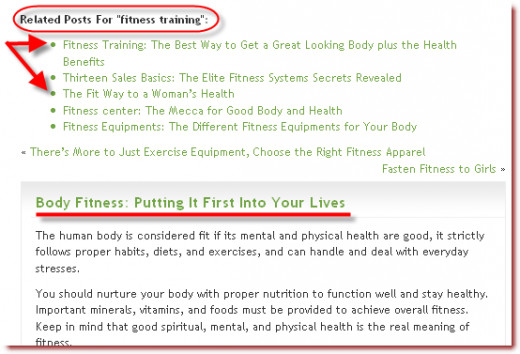
5. Relevant Posts:
Relevant posts is one of the most efficient and effective techniques, primarily used in ‘Niche Blogs’. It has many different advantages as well – apart from just improving the website navigation system – so make sure to use this technique wisely.
The tip is to put a relevant post widget in your blog. So, whenever a web-user reads a blogpost, he will be shown a couple of ‘relevant posts’ of the same type. Doing so has the following advantages:
1. It increases the overall website navigation system. Your website users will find it easier to browse around to different blogposts.
2. It increases the amount of internal traffic.
3. It decreases the bounce rate of your website, which is a major factor in search engine rankings.
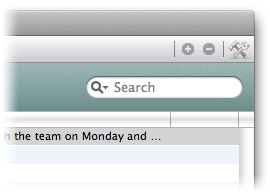
6. Adding a Search Box:
For larger and more complex websites, a search box is an absolute necessity. Websites like Amazon and Wikipedia cannot work efficiently without a search box. Imagine using these websites without a search box; it would be scary!
Even for large blogs, a search box is a great addition. In order to work it efficiently, it is important to put the search box to a well-known position. The default position of the search box is usually at the top-right corner of the homepage (See the image as an example)
Another tip is to use the search box at every webpage of your website. This will enable your web-user to search from whichever webpage he is currently in, without having to move to the homepage first.
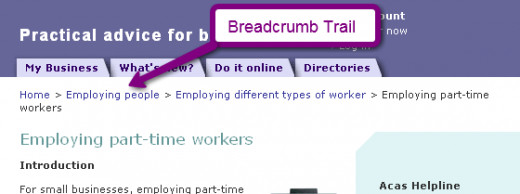
7. Breadcrumb Trail:
A breadcrumb trail is one of the most effective techniques to improve a website’s navigation system. It enables the user to keep track of the entire route he has browsed so far. It basically looks something like this:
Breadcrumb Trail Example: HOME > BLOG > CATEGORY NAME > SUB-CATEGORY NAME > WEBPAGE NAME.
The above trail shows the entire path of your website. It is ‘literally’ a trail that can be used to jump into any webpage directly, as every word is hyperlinked in a breadcrumb trail. For example, in the above breadcrumb trail, if you want to move to the ‘Blog’ section, you can click it directly using the trail and you will be transferred there instantly.
For large blogs, with lots of webpages and categories, a breadcrumb trail is a great addition that prevents users from getting lost.
8. Fast Loading Website and Webpages:
In order to improve your website navigation, you will have to make sure that you have fast-loading webpages. Speedier loading helps the user to have a more user-friendly interface. It enables them to easily browse around the website, without having any trouble regarding the loading of the webpage.
Having fast-loading webpages may seem a bit unimportant. However, believing that is a mistake that many website owners tend to do. According to Amazon, they lose 1% sales for every 100ms delay that happens in between loading of two different webpages. Yikes!
Better search engine ranking is another very important advantage of having fast-loading website and webpages. After the Google Panda and Google Penguin update, it is now a proven fact that fast-loading webpages make a direct impact on a website’s search engine rankings. Google officials have also accepted this factor as an important SEO determiner.
9. Navigational Text Links at the Bottom of the Page:
Another technique to improve your website navigation is to put navigational text links at the bottom of every webpage or blogposts. Along with the ‘related posts’ section, navigational text links at the bottom of the page helps your website users to easily browse around different pages. Moreover, it also improves the on-page navigability for users, if they want to just jump to a certain page, e.g. the homepage.
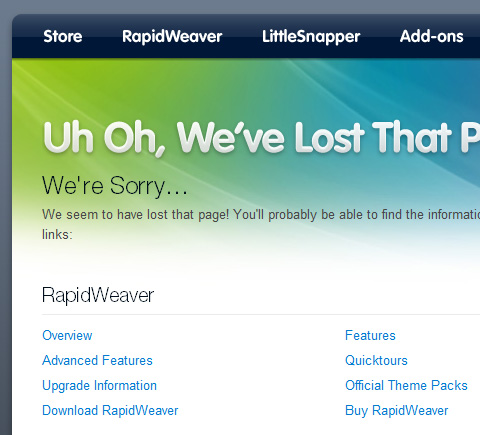
10. A Custom Error Page with a Site Map:
Last, but not the least, prepare a custom error page with a site map on it. In case, your website user clicks on a link, and it turns out to be broken, the error page should be customized to show a site map of your website, with embedded URLs to main pages that the user can directly jump to. It mitigates the user’s frustration of reaching out to a dead end, and it also significantly increases your website’s overall navigation system.
Related Books at Discounted Prices!!
Final Words:
You can experiment and improvise certain things that you think can directly contribute in improving your website’s navigation system. But the above-mentioned 10 website navigation tips are more than enough to build a great, user-friendly interface for your website or blog.
Moreover, if you would like to excel in this area of website development, here are some recommended books that you should definitely read. Avail the discounted prices now and have fun in developing a great user-friendly navigation system for your website!





